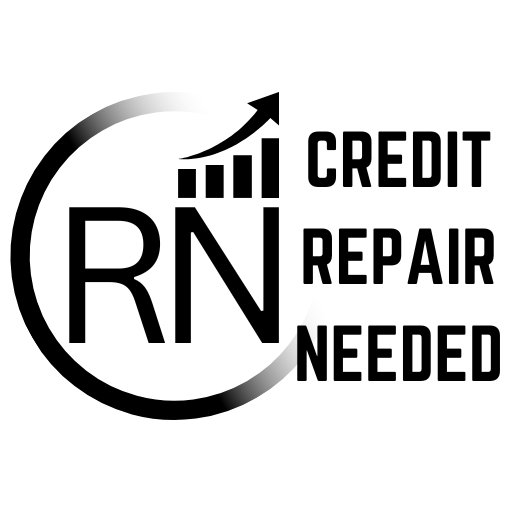Credit Card: Manage Credit Score Impact
Credit Card Management
Introduction to Credit Card Management
Understanding Credit Card Basics
Before diving into management strategies, let’s review some fundamental concepts:
- APR (Annual Percentage Rate): The yearly interest rate charged on outstanding credit card balances.
- Grace Period: The time between the end of a billing cycle and the payment due date, during which you can pay your balance without incurring interest.
- Credit Limit: The maximum amount you can charge to your credit card.
- Minimum Payment: This is the lowest amount you must pay monthly to keep your account in good standing.
Different Types of Credit Cards
Before diving into management strategies, it’s crucial to understand the various types of credit cards available:
| Card Type | Best For | Key Features | Potential Drawbacks |
|---|---|---|---|
| Rewards Cards | Frequent spenders who pay off balances | Cash back, points, or miles on purchases | Higher APRs, annual fees |
| Low Interest Cards | Those who carry balances | Lower APRs, sometimes 0% intro APR | Fewer rewards or perks |
| Balance Transfer Cards | Those with existing credit card debt | 0% intro APR on balance transfers | Balance transfer fees, high regular APR after intro period |
| Secured Cards | Those building or rebuilding credit | Easier approval, reports to credit bureaus | Requires security deposit, lower credit limits |
Effective Credit Card Management Strategies
1. Pay Your Balance in Full
Whenever possible, pay your entire balance each month. This practice helps you avoid interest charges and demonstrates responsible credit use.
2. Make Payments on Time
Late payments can result in fees and negative impacts on your credit score. Set up automatic payments or reminders to ensure you never miss a due date.
3. Monitor Your Credit Utilization
Keep your credit utilization below 30% to maintain a healthy credit score. Here’s a visualization of how credit utilization affects your credit score:
4. Choose the Right Card for Your Lifestyle
Select credit cards that align with your spending habits and financial goals. This might include cash back cards for everyday purchases or travel rewards cards for frequent travelers.
5. Understand and Utilize Card Benefits
Many credit cards offer perks like purchase protection, extended warranties, or travel insurance. Familiarize yourself with these benefits to maximize the value of your cards.
PRO TIP: Credit Utilization
Your credit utilization ratio is the amount of credit you’re using compared to your credit limits. Keeping this ratio below 30% can positively impact your credit score.
WARNING: The Minimum Payment Trap
While it’s tempting to only pay the minimum amount due, this practice can lead to long-term debt and significant interest charges. Always pay more than the minimum when possible.
Advanced Credit Card Management Techniques
Balance Transfer Strategies
If you’re carrying high-interest debt, consider transferring balances to a card with a lower or 0% introductory APR. Be aware of balance transfer fees and make a plan to pay off the balance before the promotional period ends.
Negotiating with Credit Card Companies
Don’t hesitate to contact your credit card issuer to negotiate better terms, such as lower interest rates or waived fees. If you’re a long-time customer with a good payment history, you may have more leverage than you think.
Credit Card Stacking
Advanced users might employ a strategy called “credit card stacking,” where multiple cards are used strategically to maximize rewards and benefits. This requires careful management and a solid understanding of each card’s terms.
SECURITY TIP: Protecting Your Credit Card Information
Regularly monitor your statements for unauthorized charges, use secure websites for online purchases, and never share your credit card information via email or unsecured channels.
Taking Control of Your Credit Card Usage
